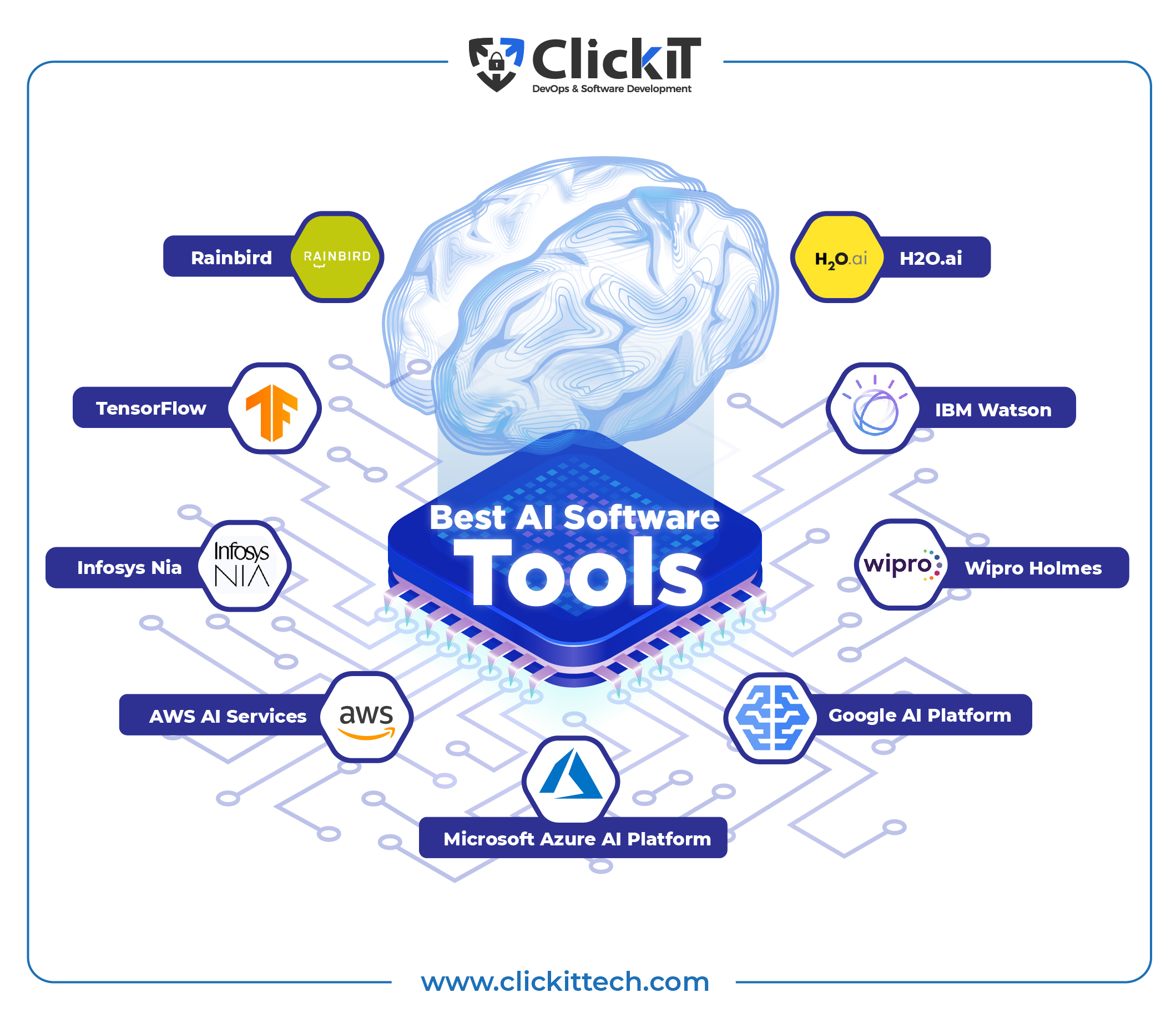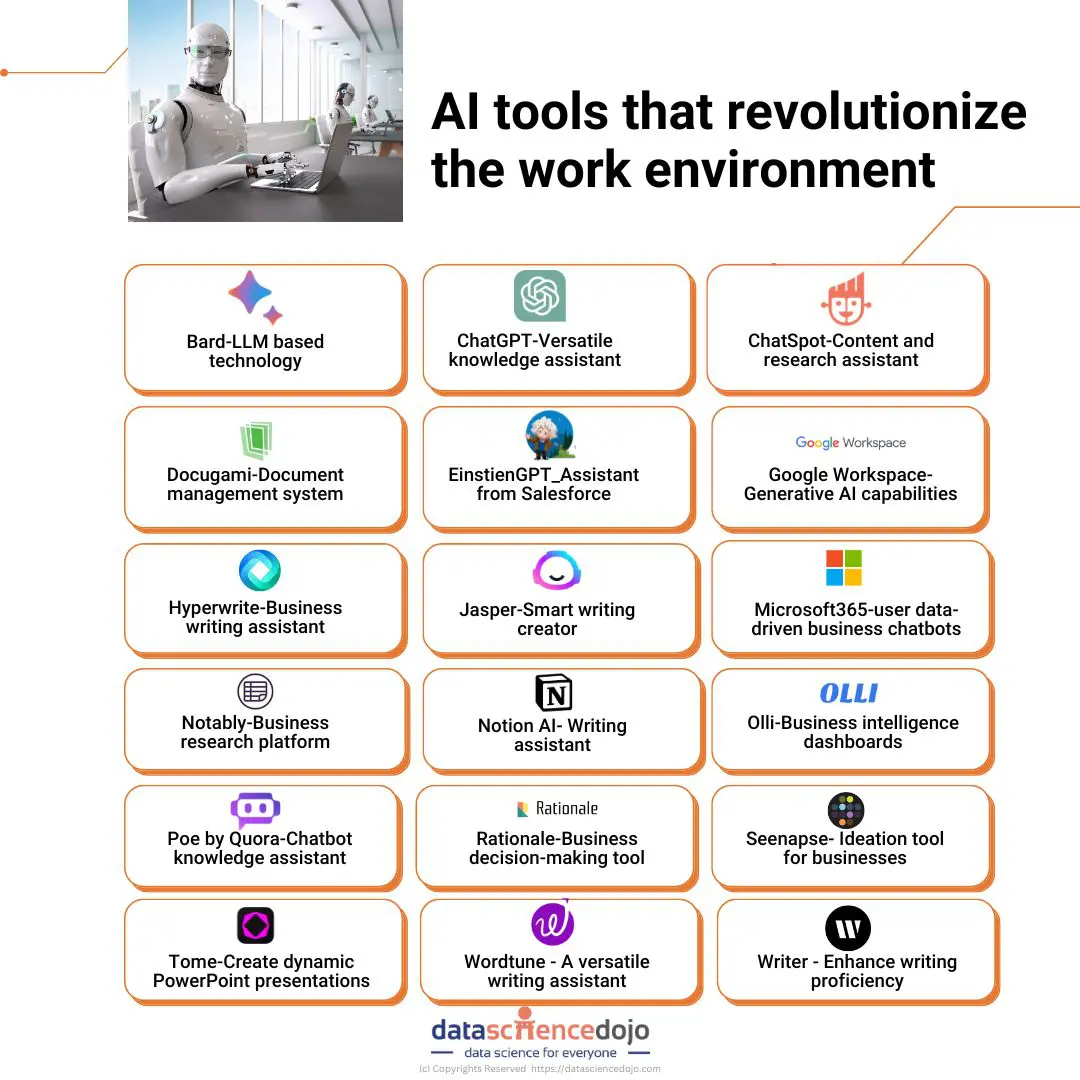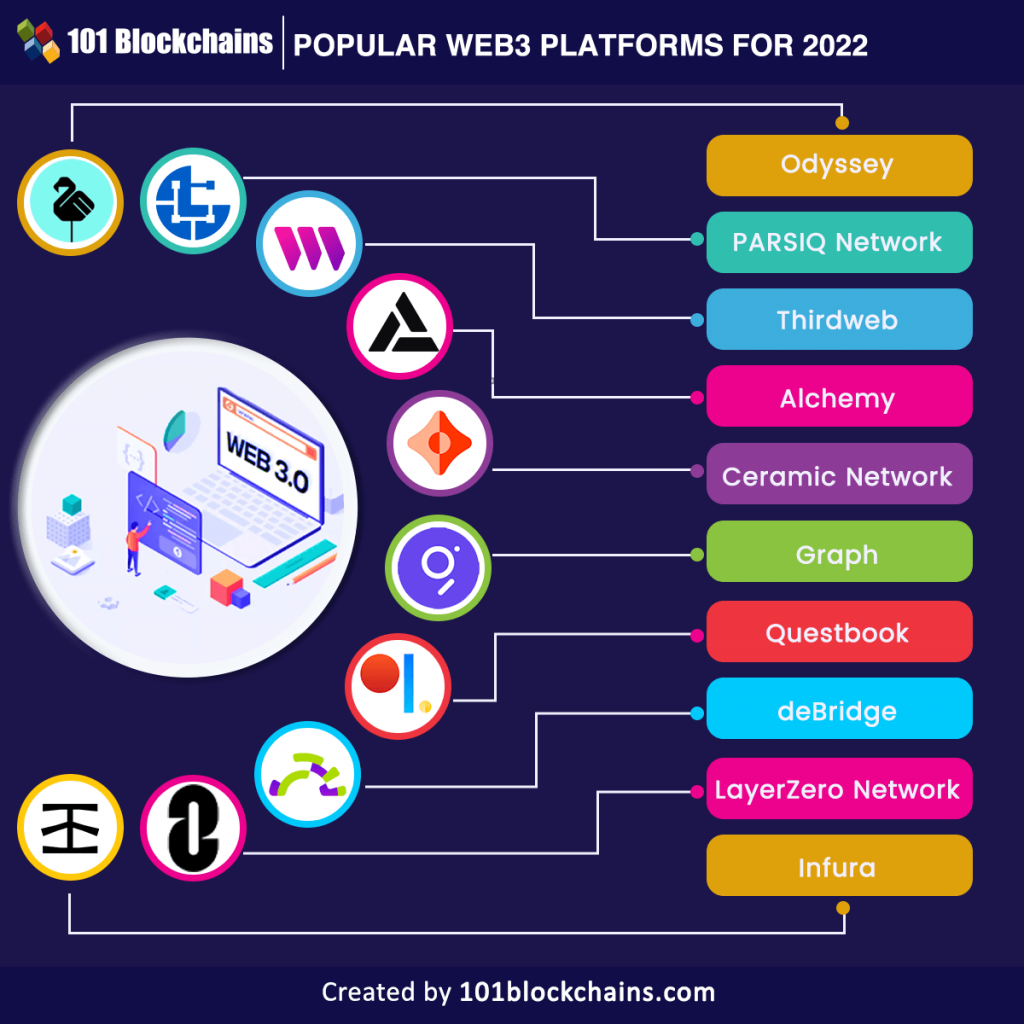
Choosing the Right AI Tools and Platforms: A Beginner’s Guide to Smart AI Investments
The world of Artificial Intelligence (AI) is buzzing, and for good reason. From automating mundane tasks to uncovering hidden insights in vast datasets, AI is transforming industries and opening up exciting new possibilities. But as you dip your toes into this powerful technology, you’ll quickly discover a vast ocean of AI tools and platforms, each promising to be the "next big thing."
For beginners, this can feel incredibly overwhelming. How do you choose the right AI tools for your specific needs? What do terms like "machine learning framework" or "cloud AI API" even mean? Don’t worry, you’re not alone.
This comprehensive guide is designed to demystify the process of selecting the perfect AI tools and platforms. We’ll walk you through a step-by-step approach, using easy-to-understand language and practical advice, ensuring your AI journey starts on the right foot.
Why Choosing the Right AI Tools Matters (More Than You Think!)
Think of choosing AI tools like building a house. You wouldn’t just pick up any hammer and nails; you’d consider the blueprints, the materials, the budget, and the skills of your builders. The same goes for AI. A smart choice can lead to:
- Cost Savings: Avoiding unnecessary expenses on features you don’t need or overly complex systems.
- Faster Development: Getting your AI projects up and running quicker.
- Better Performance: Achieving more accurate results and efficient operations.
- Scalability: Ensuring your AI solutions can grow with your business.
- Future-Proofing: Investing in tools that will remain relevant and supported.
- Successful Outcomes: Ultimately, achieving the goals you set out to accomplish with AI.
Conversely, a poor choice can lead to wasted resources, project delays, frustration, and even failure to achieve your AI objectives. So, let’s dive into how to make an informed decision.
Step 1: Define Your Needs & Goals – The Foundation of Your AI Journey
Before you even look at a single AI tool, you need to understand what problem you’re trying to solve and what you hope to achieve. This is the single most critical step.
Ask Yourself These Key Questions:
- What Problem Are You Trying to Solve?
- Do you want to automate customer service inquiries (chatbot)?
- Do you need to analyze customer sentiment from reviews?
- Are you trying to predict sales trends?
- Do you want to identify objects in images or videos?
- Are you looking to personalize user experiences?
- Be specific! "Do AI" is not a goal.
- What Data Do You Have (or Can You Get)?
- AI thrives on data. Do you have enough relevant, clean, and accessible data for your chosen problem?
- What format is your data in (text, images, numbers, audio)?
- Where is your data stored (spreadsheets, databases, cloud storage)?
- Garbage in, garbage out! Good data is essential for good AI.
- What Are Your Team’s Technical Skills?
- Do you have data scientists, machine learning engineers, or software developers on your team?
- Are your team members comfortable with coding (Python, R) or prefer drag-and-drop interfaces?
- This will heavily influence whether you choose a simple, no-code platform or a complex, customizable framework.
- What’s Your Budget?
- AI tools can range from free open-source libraries to expensive enterprise-level platforms with recurring fees.
- Consider not just the tool’s cost but also the cost of data storage, processing power, and potential expert consultation.
- What Are Your Ethical & Regulatory Considerations?
- Does your AI project involve sensitive data (e.g., healthcare, finance)?
- Are there specific industry regulations (GDPR, HIPAA) you need to comply with?
- How will you ensure fairness, transparency, and accountability in your AI system?
- Ethical AI is not just a buzzword; it’s a critical component of responsible AI deployment.
Step 2: Understand the Different Types of AI Tools & Platforms
Once you have a clear understanding of your needs, it’s time to explore the landscape of AI tools. They generally fall into a few broad categories, each suited for different levels of technical expertise and project complexity.
1. No-Code/Low-Code AI Platforms (Beginner-Friendly!)
- What they are: These platforms allow you to build and deploy AI models with minimal to no coding. They often feature intuitive drag-and-drop interfaces, pre-built templates, and automated machine learning (AutoML) capabilities.
- Who they’re for: Business users, data analysts, small businesses, and individuals who want to quickly experiment with AI without deep programming knowledge.
- Pros: Easy to use, fast development, democratizes AI.
- Cons: Less flexibility and customization than code-based solutions, may have vendor lock-in.
- Examples:
- Google Cloud AutoML: Train custom machine learning models with minimal effort.
- Microsoft Azure Machine Learning Studio (Designer): A visual interface for building, testing, and deploying ML models.
- Amazon SageMaker Canvas: A visual point-and-click interface for business analysts to build ML models.
- Various AI Builders/Platforms: Tools like obviously.ai, Lobe.ai (for computer vision), etc.
2. Cloud-Based AI Services (APIs)
- What they are: These are pre-trained AI models offered as services by major cloud providers (Amazon, Google, Microsoft). You access them through Application Programming Interfaces (APIs), meaning your application sends data to the service, and the service returns AI-powered results. You pay based on usage.
- Who they’re for: Developers and businesses who need to quickly integrate specific AI capabilities (like speech-to-text or image recognition) into their applications without building models from scratch.
- Pros: Highly scalable, easy to integrate, no need for deep ML expertise, pay-as-you-go.
- Cons: Less customizable, reliant on the cloud provider’s pre-trained models, can become expensive with high usage.
- Examples:
- Google Cloud AI (e.g., Vision AI, Natural Language AI, Dialogflow for chatbots, Text-to-Speech): Ready-to-use AI functions.
- Amazon Web Services (AWS) AI Services (e.g., Rekognition for image/video analysis, Comprehend for text analysis, Polly for text-to-speech, Lex for chatbots): A wide suite of pre-built AI services.
- Microsoft Azure AI Services (e.g., Computer Vision, Text Analytics, Speech Services, Language Understanding (LUIS)): Similar offerings for various AI tasks.
3. Open-Source AI Frameworks & Libraries
- What they are: These are powerful, flexible programming libraries and frameworks that provide the building blocks for creating custom AI models. They require coding knowledge (primarily Python) and a deeper understanding of machine learning concepts.
- Who they’re for: Data scientists, machine learning engineers, researchers, and developers who need maximum control, customization, and are building highly specialized or novel AI solutions.
- Pros: Maximum flexibility, no vendor lock-in, large communities for support, free to use.
- Cons: Steep learning curve, requires strong coding and ML expertise, more complex to deploy and manage.
- Examples:
- TensorFlow (Google): A comprehensive open-source platform for machine learning.
- PyTorch (Meta): A popular deep learning framework known for its flexibility and ease of use in research.
- Scikit-learn: A widely used Python library for traditional machine learning algorithms (classification, regression, clustering).
- Hugging Face Transformers: A library for state-of-the-art Natural Language Processing (NLP) models.
- Keras: A high-level neural networks API, often used on top of TensorFlow.
4. Specialized AI Tools & Platforms
- What they are: Tools designed for very specific AI tasks or industries. This could include robotic process automation (RPA) tools with AI capabilities, specific medical imaging analysis software, or platforms for generating synthetic data.
- Who they’re for: Businesses with highly niche requirements where general-purpose tools might not suffice.
- Pros: Highly optimized for specific tasks, often include domain-specific features.
- Cons: Limited in scope, can be expensive, may require integration with other systems.
- Examples: UiPath (RPA with AI), Dataiku (end-to-end data science platform), specific industry vertical AI solutions.
Step 3: Key Factors to Consider When Evaluating AI Tools
Once you’ve narrowed down the type of AI tool that fits your team’s skills and project scope, it’s time to evaluate individual options based on specific criteria.
-
1. Ease of Use & Learning Curve:
- For Beginners: Look for intuitive interfaces, clear documentation, pre-built templates, and drag-and-drop functionalities.
- For Developers: Consider how quickly your team can onboard and become productive with the tool’s APIs and conventions.
- Question: How much time and resources will it take for your team to become proficient?
-
2. Scalability:
- Can the tool handle your current data volume and processing needs?
- Can it easily scale up as your data grows or as you expand your AI applications?
- Cloud-based services generally excel here, but consider the cost implications of scaling.
-
3. Integration Capabilities:
- Will the AI tool seamlessly connect with your existing systems (databases, CRM, ERP, business intelligence tools)?
- Does it offer robust APIs or connectors for easy data flow and application embedding?
- A tool that works in isolation will create more problems than it solves.
-
4. Cost:
- Beyond the upfront price, consider ongoing subscription fees, usage-based charges (for cloud services), data storage costs, and potential training expenses.
- Look for transparent pricing models and consider total cost of ownership (TCO).
- Free open-source tools still incur infrastructure and development costs.
-
5. Performance & Accuracy:
- How well does the AI model perform on tasks similar to yours? (Look for benchmarks or case studies).
- Can you fine-tune the model for better accuracy with your specific data?
- Don’t just trust marketing claims; look for evidence of effectiveness.
-
6. Support & Community:
- For Commercial Tools: What kind of customer support does the vendor offer (email, phone, dedicated account manager)?
- For Open-Source Tools: Is there an active and helpful community (forums, GitHub, Stack Overflow) where you can find answers and assistance?
- Good support can save you countless hours of troubleshooting.
-
7. Security & Compliance:
- How does the tool handle data privacy and security? Is your data encrypted?
- Does it comply with relevant industry regulations (GDPR, HIPAA, SOC 2, ISO 27001)?
- This is non-negotiable, especially for sensitive data.
-
8. Vendor Lock-in:
- How easy is it to migrate your models or data to another platform if needed?
- Proprietary formats or highly integrated systems can make switching difficult and costly.
- Open-source tools generally offer more freedom from vendor lock-in.
-
9. Ethical AI Considerations:
- Does the platform offer tools for model explainability (understanding why an AI made a decision)?
- Does it help in identifying and mitigating bias in your data and models?
- Choosing a platform that supports ethical AI practices is crucial for responsible deployment.
Step 4: The Selection Process – A Practical Approach
You’ve defined your needs and evaluated potential tools. Now, how do you make the final decision?
- Shortlist 2-3 Candidates: Based on your analysis, pick the top contenders that best meet your core requirements.
- Request Demos/Start Free Trials: Most commercial platforms offer free trials or personalized demos. Open-source tools can be downloaded and experimented with immediately. This hands-on experience is invaluable.
- Run a Pilot Project (Proof of Concept – POC):
- Take a small, manageable part of your original problem.
- Try to solve it using each of your shortlisted tools.
- This will give you real-world insights into ease of use, performance, and integration challenges.
- Gather Feedback: Involve key stakeholders and potential users of the AI solution. Get their input on usability and functionality.
- Compare and Decide: Based on your findings from the trials and POCs, compare the pros and cons of each tool against your initial goals and evaluation factors.
- Start Small, Iterate, and Expand: Don’t try to solve all your AI problems at once. Begin with a single, well-defined project. Learn from it, refine your approach, and then gradually expand your AI initiatives.
Common Pitfalls to Avoid When Choosing AI Tools
- Ignoring Your Core Business Problem: Don’t get caught up in the hype. AI is a means to an end, not an end in itself.
- Chasing the Hype Train: The "latest and greatest" tool isn’t always the "right" tool for your specific needs.
- Underestimating Data Preparation: AI tools are powerful, but they require clean, well-structured data. Don’t overlook the effort needed for data collection, cleaning, and labeling.
- Neglecting Ethical Considerations: Bias, privacy, and fairness are not afterthoughts; they must be integrated into your tool selection and project design from the start.
- Forgetting Integration: A powerful AI tool that can’t talk to your existing systems is a bottleneck, not a solution.
- Not Considering Long-Term Costs: Free trials can be deceiving. Always project the costs for your expected usage over time.
Conclusion: Empowering Your AI Journey
Choosing the right AI tools and platforms might seem daunting at first, but by following a structured approach, you can make informed decisions that align with your business goals, technical capabilities, and budget.
Remember, the "best" AI tool isn’t universal; it’s the one that best fits your specific context. Start by clearly defining your needs, understand the different types of tools available, evaluate them based on critical factors, and always test before committing.
With careful planning and a clear understanding of your options, you’ll be well-equipped to leverage the power of AI and unlock new opportunities for your business. Your AI journey begins with a smart choice – and now you have the roadmap to make it.



Post Comment